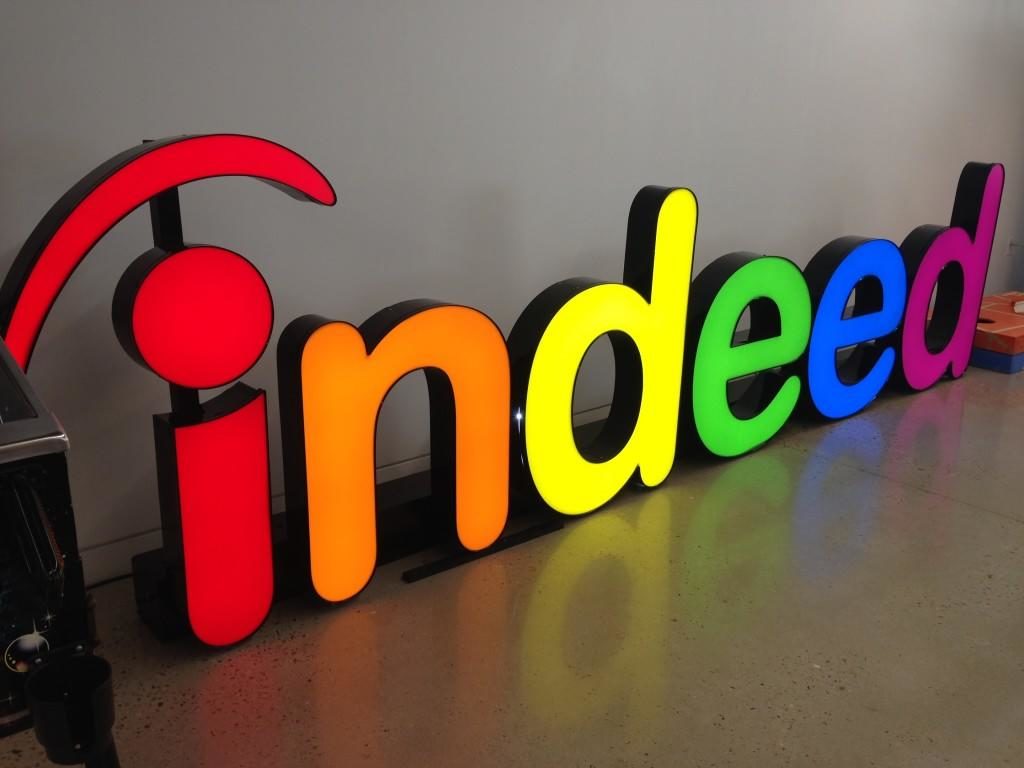Note: this article does not in any way represent the thoughts, opinions, intentions, plans or strategies of my employer, or any other person or entity other than me.
For the past year, I’ve been exceptionally consistent about posting content to LinkedIn. Whether it’s a new job or an article, I’ve been focusing on sharing content on LinkedIn every three or four days, which helps me remain active on the website. I’m currently averaging about 300-500 views with each post, which I’m quite proud to proclaim.
About two months ago, I was getting ready to post about a job opening I had, when I decided to include a picture of my office with it instead of just the standard link to the job that I usually share. I posted the link, uploaded the photo, hit the post, and went about with my day as normal.
Or so I thought.

I remember sitting in a meeting shortly after I posted the new job. I received an alert on my phone, prompting my attention to a LinkedIn notification. Someone had liked my post…no big deal right? I switched my phone to silent in an attempt to focus on what I was supposed to be doing (listening in on the meeting of course). The meeting ended 30 minutes later. Naturally, I checked my phone immediately after and found a little surprise. I had over 50 notifications from LinkedIn! All notifications were regarding people who had liked or shared my post.
Within 24 hours, the response to my post was astounding. I had over 600 messages in my inbox, over 800 people had shared it, and it had over 50,000 views. I ended up having to turn off notifications from LinkedIn because it was consuming my day. I started getting messages from my close friends saying I was now the top viewed profile out of all their connections (on one person’s, I was ahead of Barbara Corcoran from Shark Tank)! After a few days, the notifications and interactions decreased, and I started getting my usual amount of profile views back (instead of over 1,000 a day).
I was quite confident that the picture I had shared with the post had a significant influence on the drastic increase of activity, so I started testing different types of posts. I posted a few jobs with pictures and some without pictures. Sure enough, the posts that contained photos received far more views and shares than any post I made that only had a link to the job. Now, I’m not saying you should throw up just any type of picture (let’s face it, we are all pretty darn tired of the half naked pictures shared on a “professional networking” site). Share a picture that is relevant to the article or job that you are sharing to increase the amount of engagement and shares that your post will generate.
LinkedIn doesn’t have to be a one-way conversation either. Asking questions in your posts is an excellent way to increase engagement and get people talking. Asking questions creates an open dialogue with your readers and provides an easy way to interact with them (especially if you aren’t connected). Make sure to respond to those who are actively engaged in conversation with the question you’re asking. I recommend commenting on others posts as well. I once found a marketing candidate from a conversation I was having about an article that one of my connection’s had shared.
Another way to increase your engagement on LinkedIn is by paying attention to who you are connecting with. It’s not about how many connections you make or followers you have on LinkedIn; It’s about how many people you reach and engage with. For a long time, I would accept every person who requested me instantly, without even looking at their profile. My feed got so bogged down by junk and useless information; I’d have to scroll for a minute to even find content I was interested in. My inbox started filling up with spam from people trying to sell me something and others asking for my bank account information so they could wire me a million dollars. I quickly realized that I was connecting with the wrong people; not only was I not interested in the useless content that they were providing me, but they certainly weren’t going to have any interest in reading the articles or posts that I was sharing about recruiting, sourcing, and job searching. I use the saying “quality over quantity” a lot when it comes to sourcing, and it works when thinking about your LinkedIn connections too.
Finally, pay attention to when you are posting. Trackmaven did a study and analyzed more than 17.5 million social media posts by 17,737 brands to figure out when the best time to post on each social media site was. Not surprisingly, the best time to post on LinkedIn was Wednesday’s at 9:00 AM EST. It makes sense right? When we first sit down at our desks in the morning, how many of us typically check social media first? **raises hand** It’s a habit that so many of us get into; posting new content any day of the week around 9-10 AM will get you more views and visibility than posting in the evenings or on the weekends.
What other tactics have you found that are useful in increasing your engagement? Share in the comments below.
